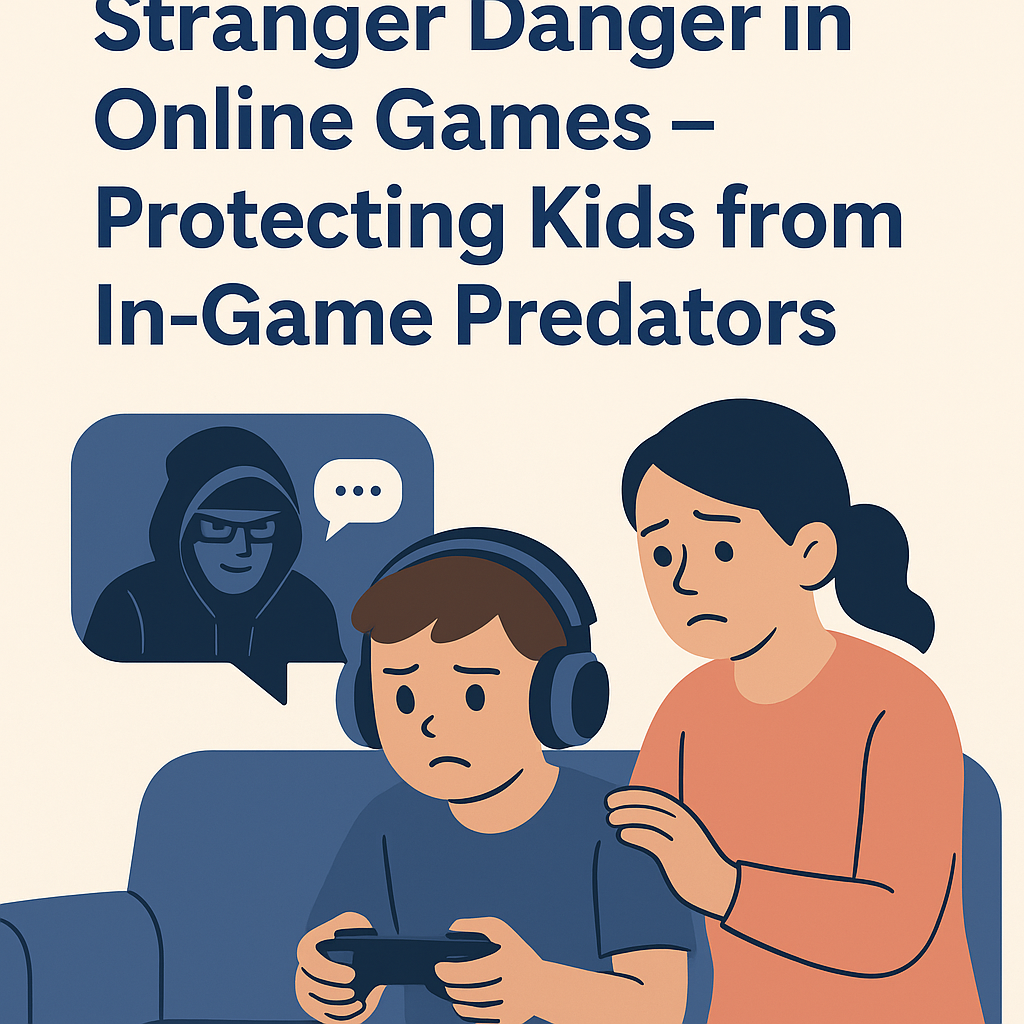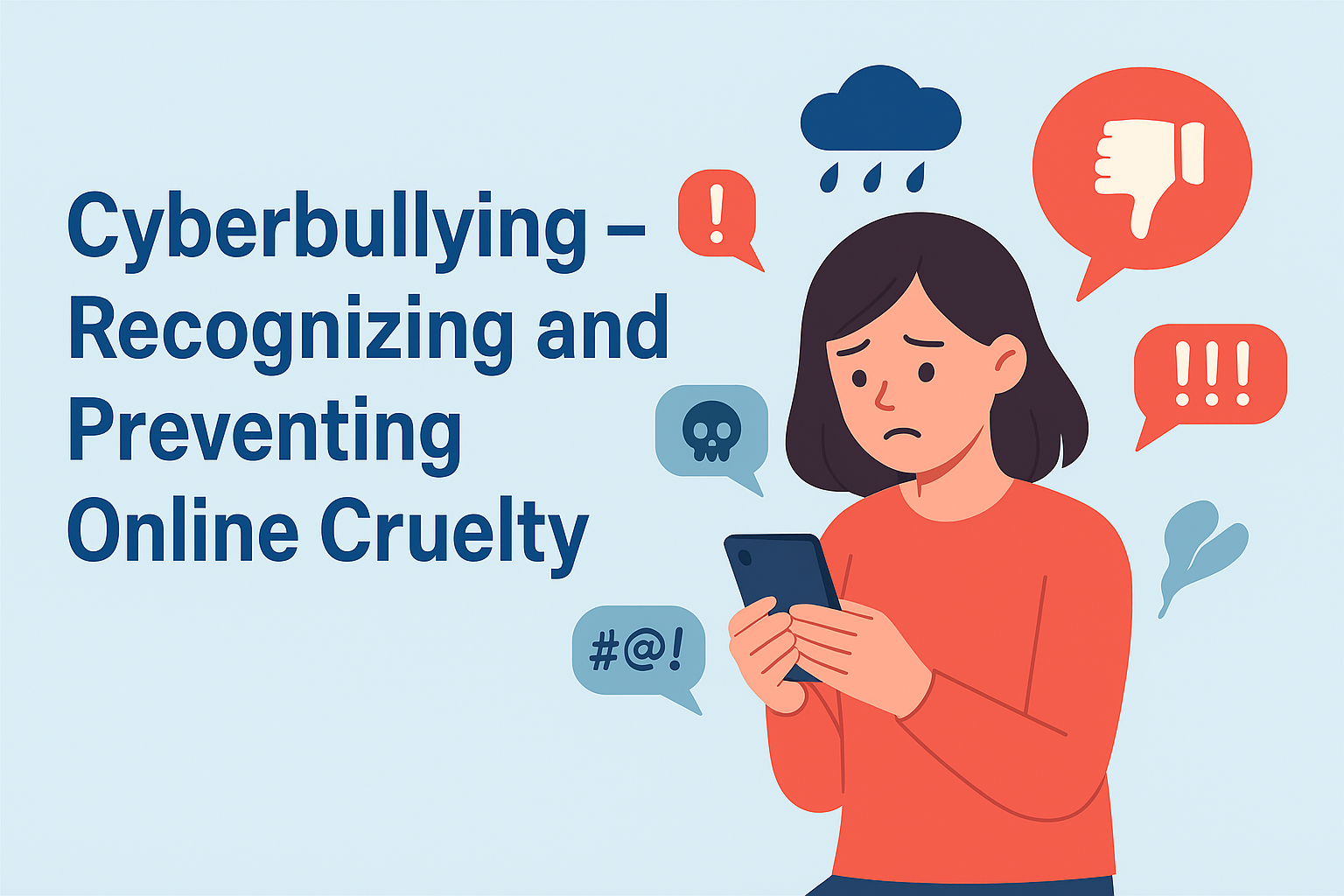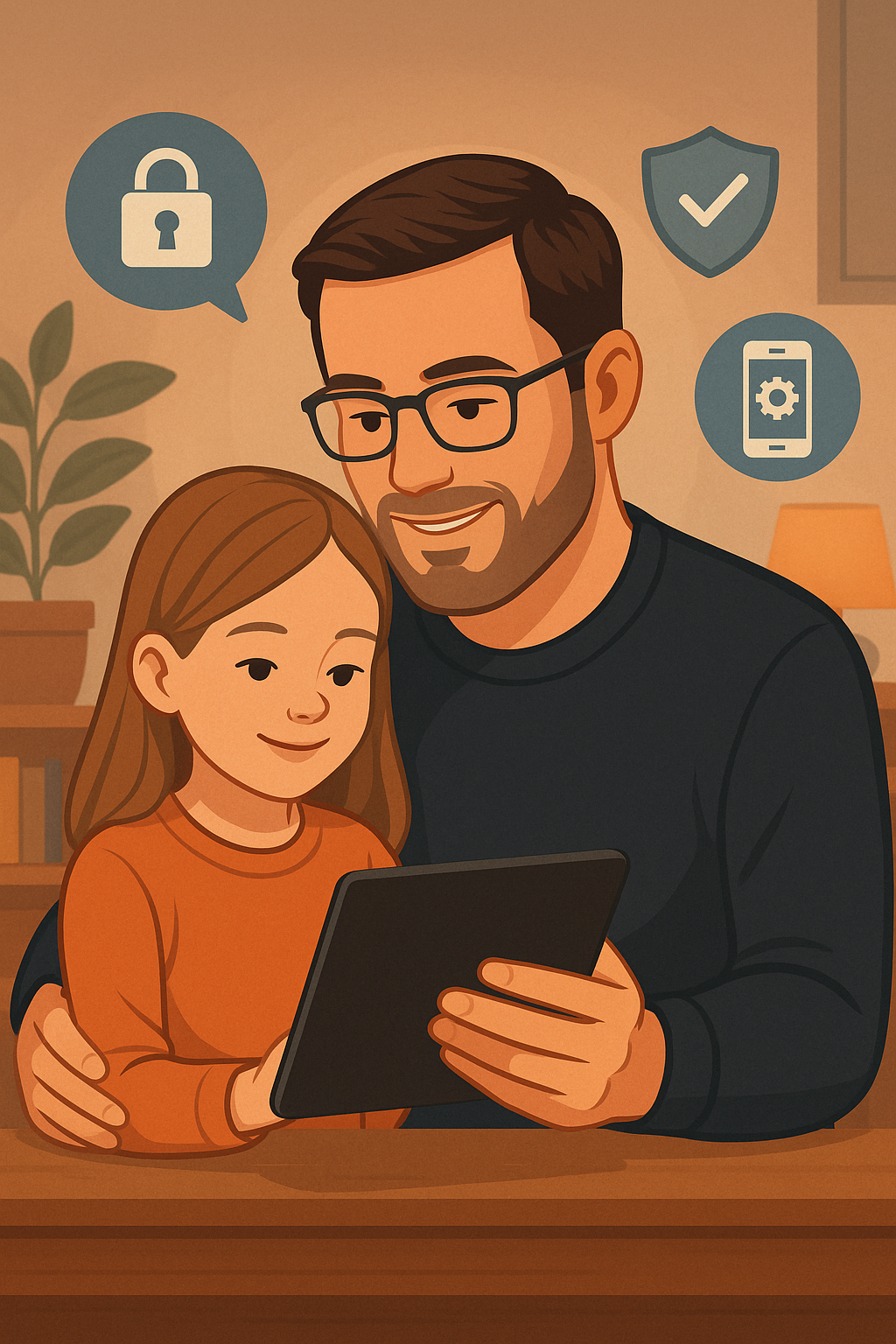Stranger Danger in Online Games – Protecting Kids from In-Game Predators
Exploring the hidden dangers of online gaming, highlighting the risks of predators targeting children through in-game chat

Online video games aren’t just virtual playgrounds for kids – unfortunately, they’re also hunting grounds for predators. Many popular games aimed at children, like Roblox, Minecraft, Fortnite, and others, include chat functions that allow players to communicate with anyone on the internet. This has opened the door for strangers to contact kids under the guise of gameplay. A recent report revealed that over two-thirds of young children (primary school age) have been contacted by a stranger while playing an online game.
These unsolicited interactions range from benign (someone asking to team up) to deeply dangerous. Predators may start with friendly chat, then attempt to groom children – gradually manipulating them into sharing personal information, photos, or moving the conversation to private platforms. Law enforcement agencies have been sounding the alarm. The FBI estimates that at any given moment, more than 500,000 online predators are active daily, and 89% of their victims are contacted through chat rooms or messaging systems.
In games, a predator might pose as a fellow kid around the same age. They often exploit children’s love of the game by offering help: “I can give you rare items/cheat codes if you trust me.” Older kids and teens are also at risk – a common scheme called “sextortion” has predators tricking adolescents into sharing an explicit selfie, then blackmailing them for more under threat of exposure. It’s every parent’s nightmare, and cases have tragically led to severe mental health crises and even suicide in victims.
So how can parents and educators reduce these risks while still allowing kids to enjoy online games? Awareness and supervision are key. First, have frank discussions with your child about never sharing personal details (real name, school, address, photos) or moving to private chats with people they meet in-game. Let them know that not everyone online is who they claim to be – someone saying they’re a 12-year-old gamer could actually be an adult stranger. Encourage kids to tell you if anyone online makes them uncomfortable, asks weird questions, or wants to “keep secrets.”
Next, leverage parental controls in the games and devices. Many games allow you to disable chat or limit it to a pre-approved friends list. Additionally, the Protect platform can help in multiple ways. With Protect, you can block or limit specific games or chat apps entirely during certain hours or for younger users. For example, you might allow a trusted game during the daytime but have Protect block access in the late-night hours when unsupervised play could be riskier. Protect also helps manage lesser-known chat platforms (like Discord or Steam chat) that kids might use outside of games. By controlling these, you ensure predators don’t simply switch to another app to contact your child.
And if you ever do suspect an online stranger is grooming or harassing your child, do not hesitate to report it (to the platform, and if serious, to authorities). The combination of open communication, smart use of protective tech, and old-fashioned parental oversight can dramatically reduce the risk of your child being targeted. Kids can then enjoy the positive social and creative aspects of gaming, with you quietly keeping watch over their digital shoulder.
Latest articles

Start using the parental control platform of

the future



